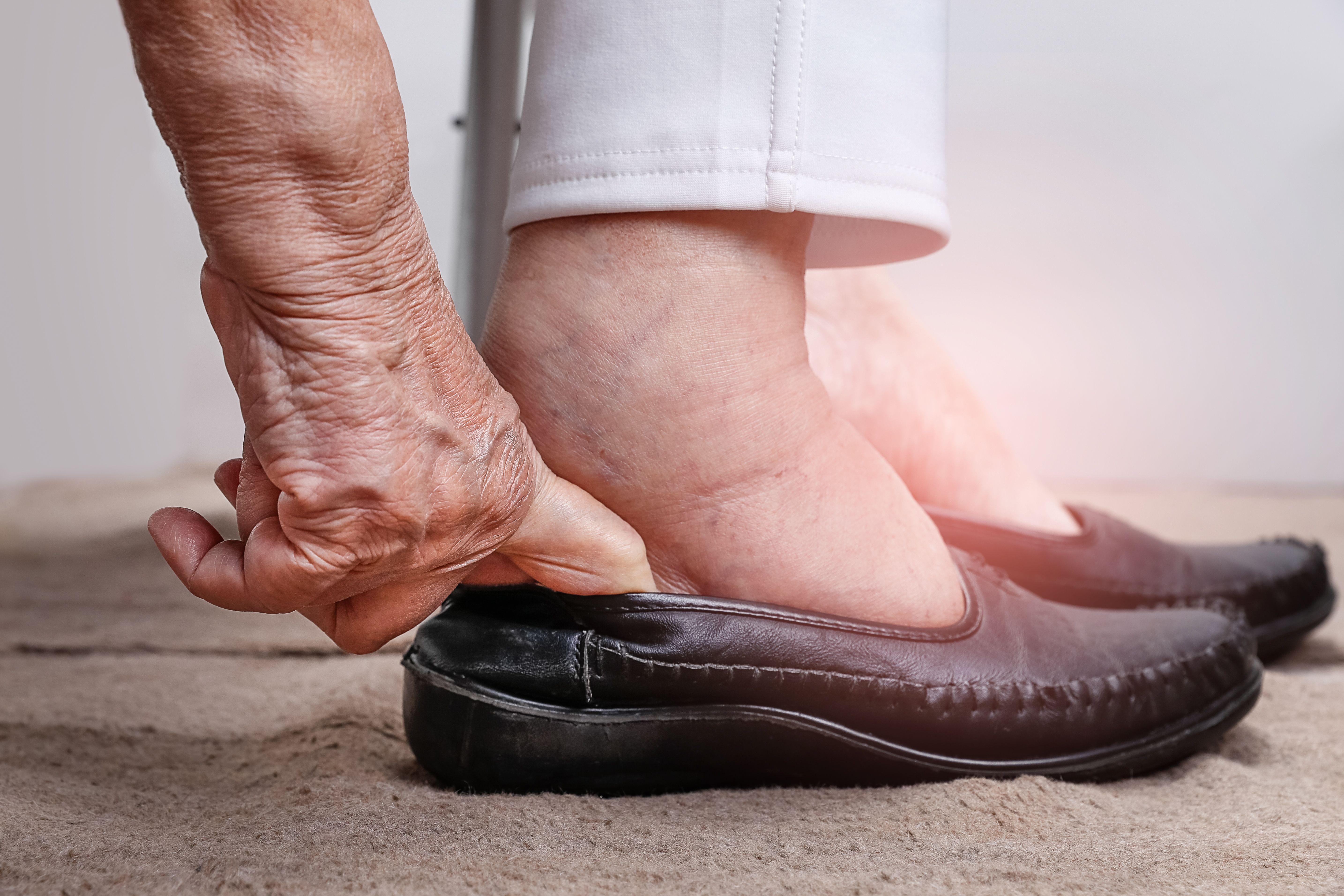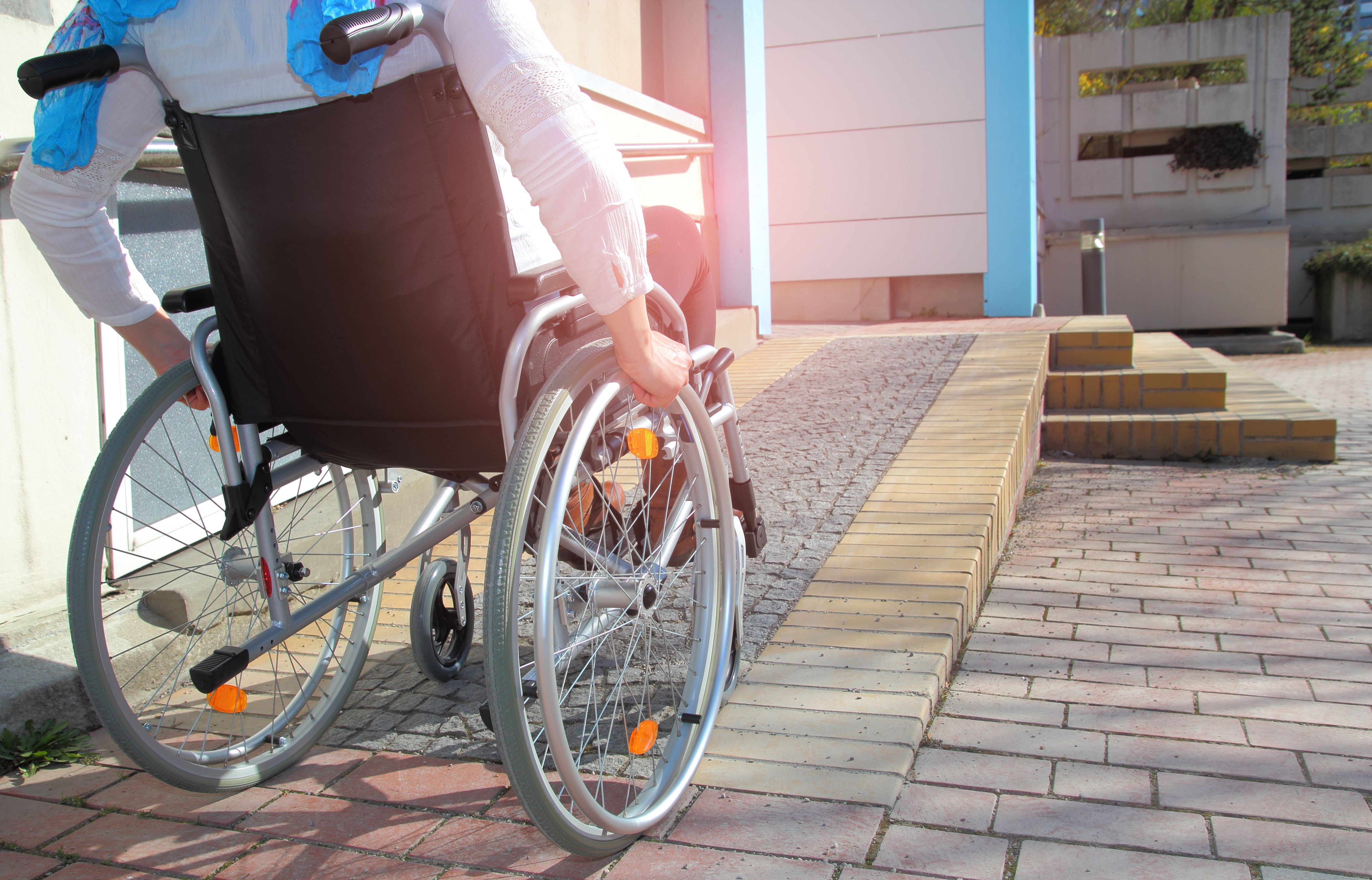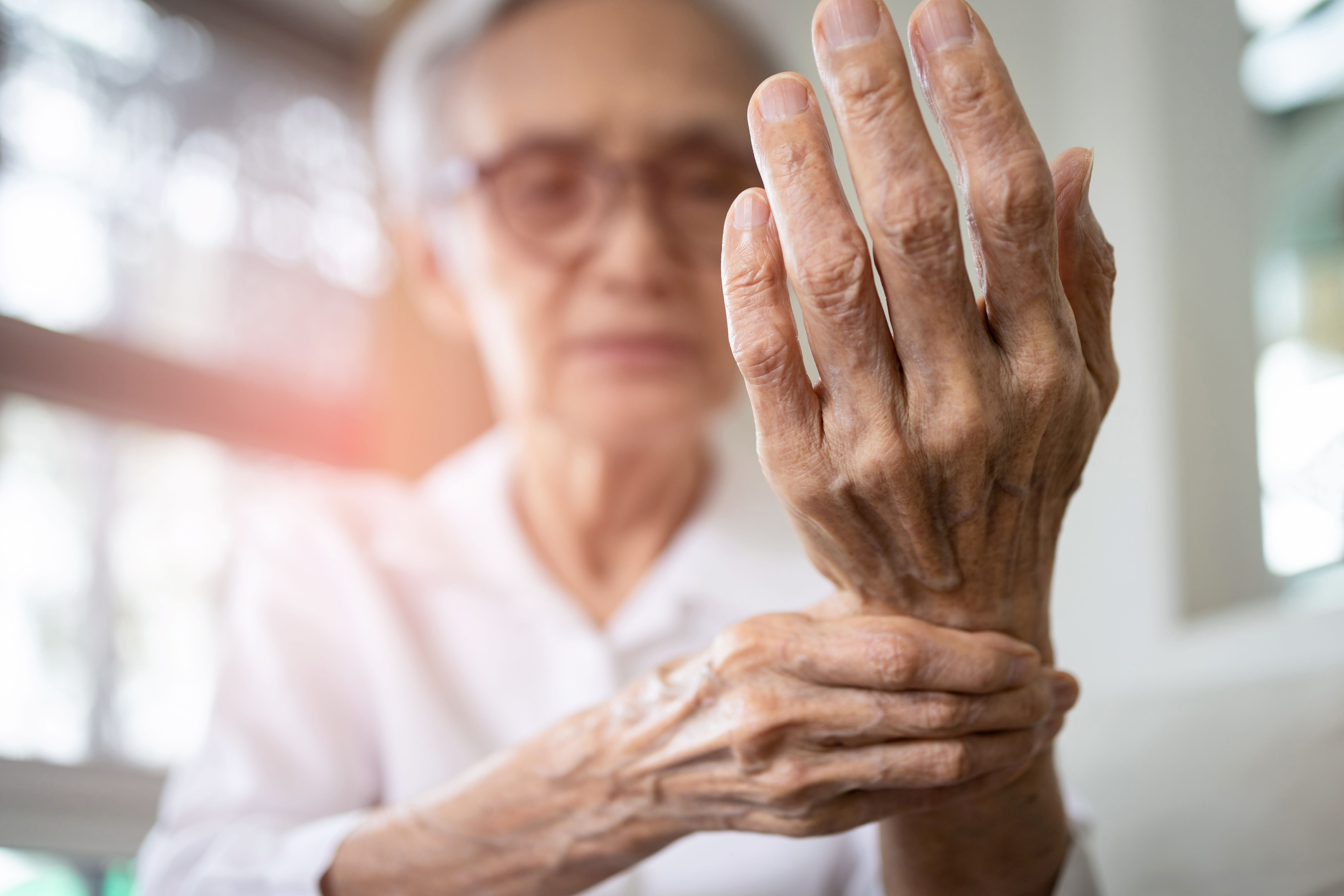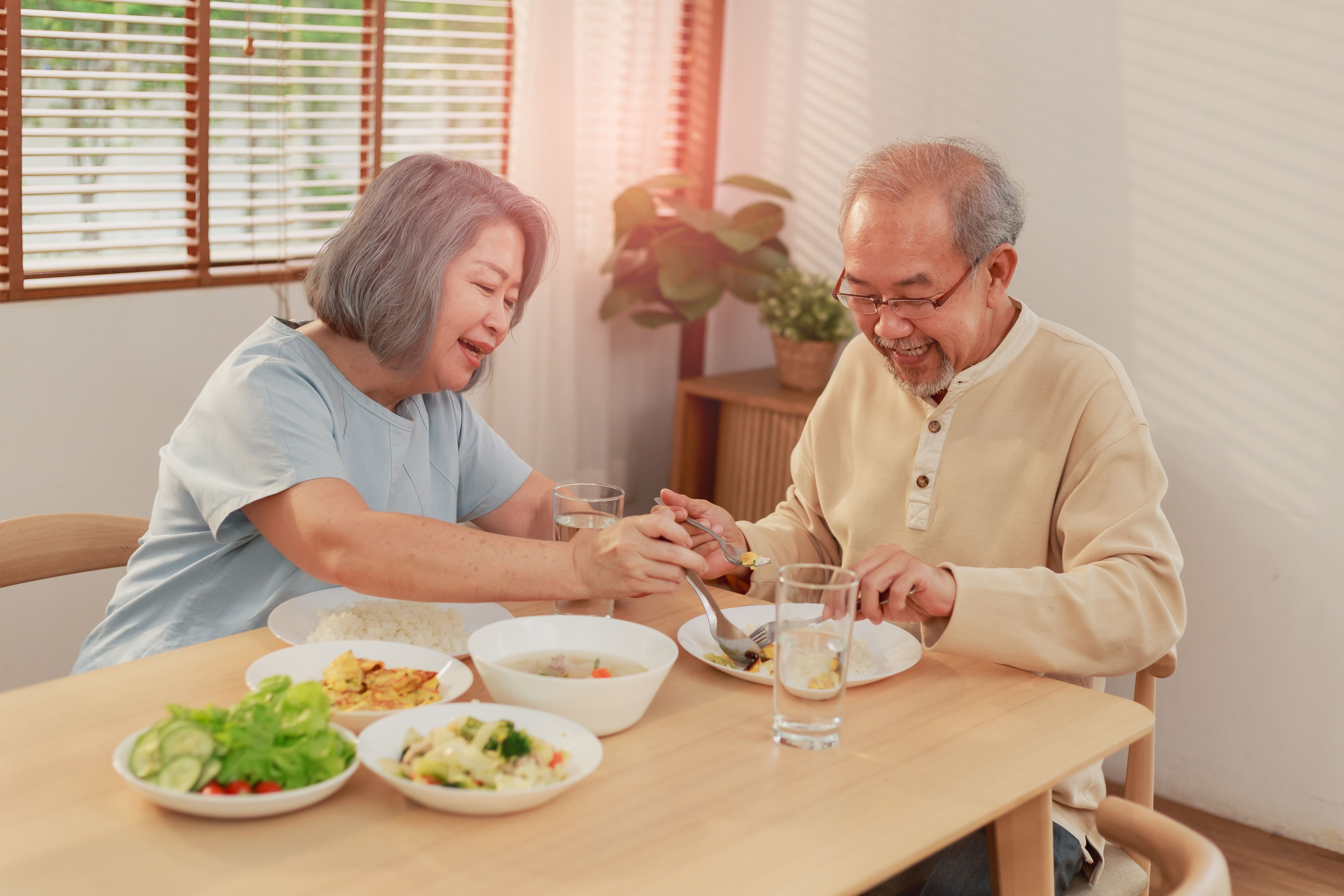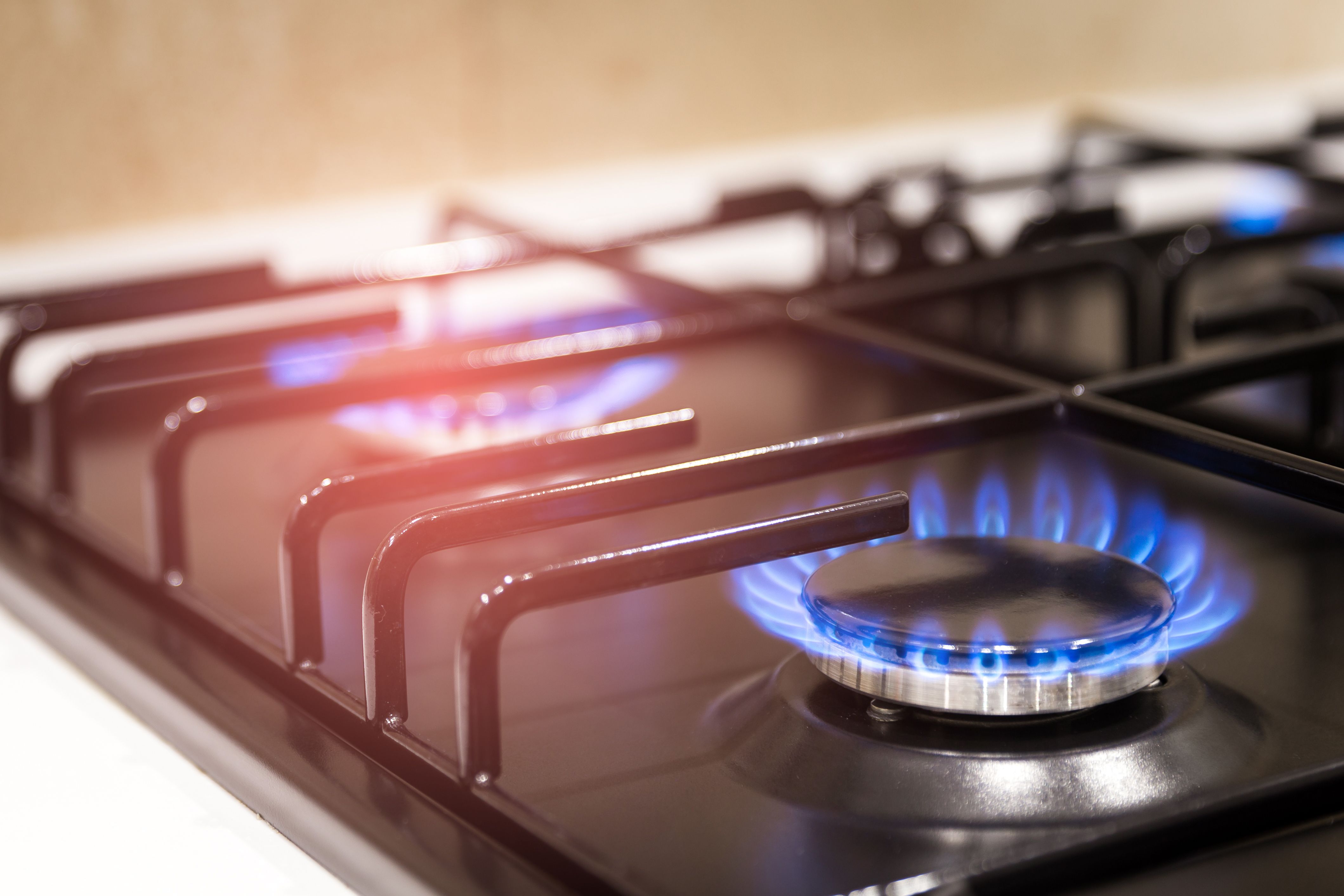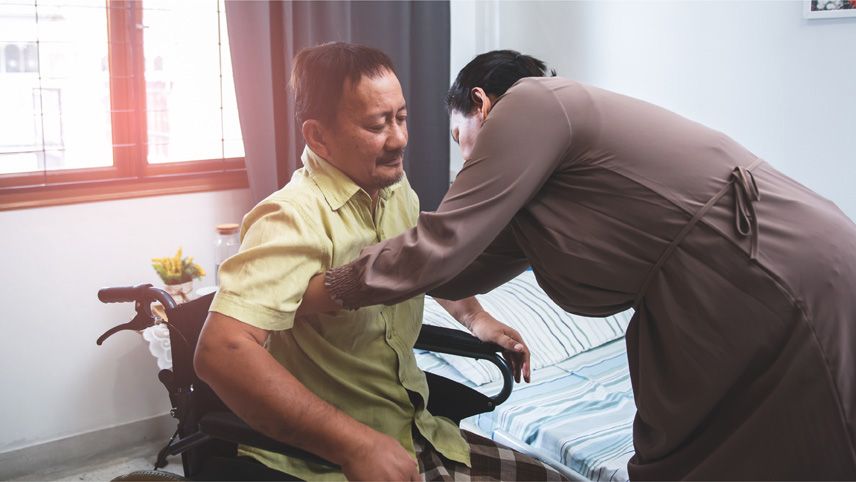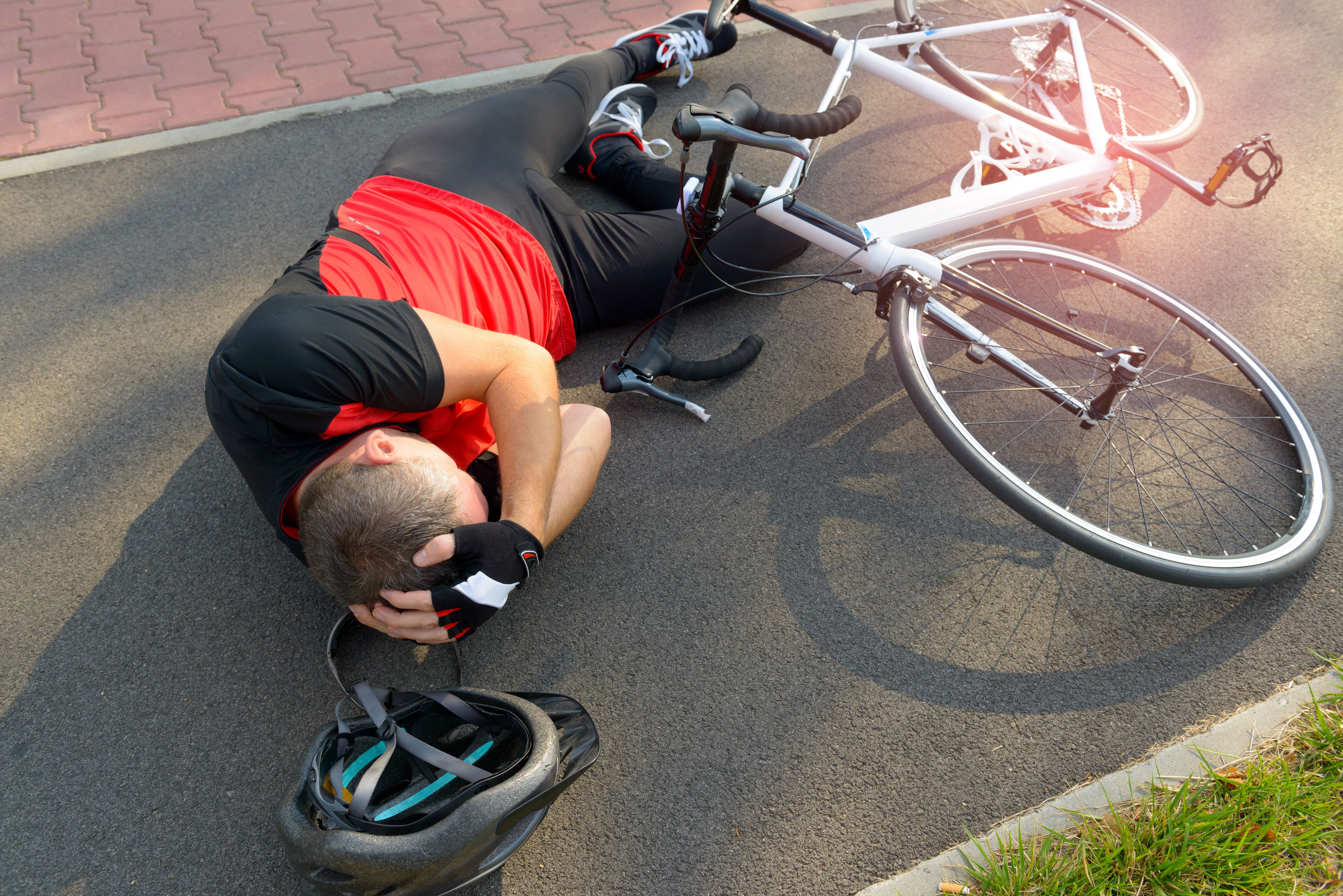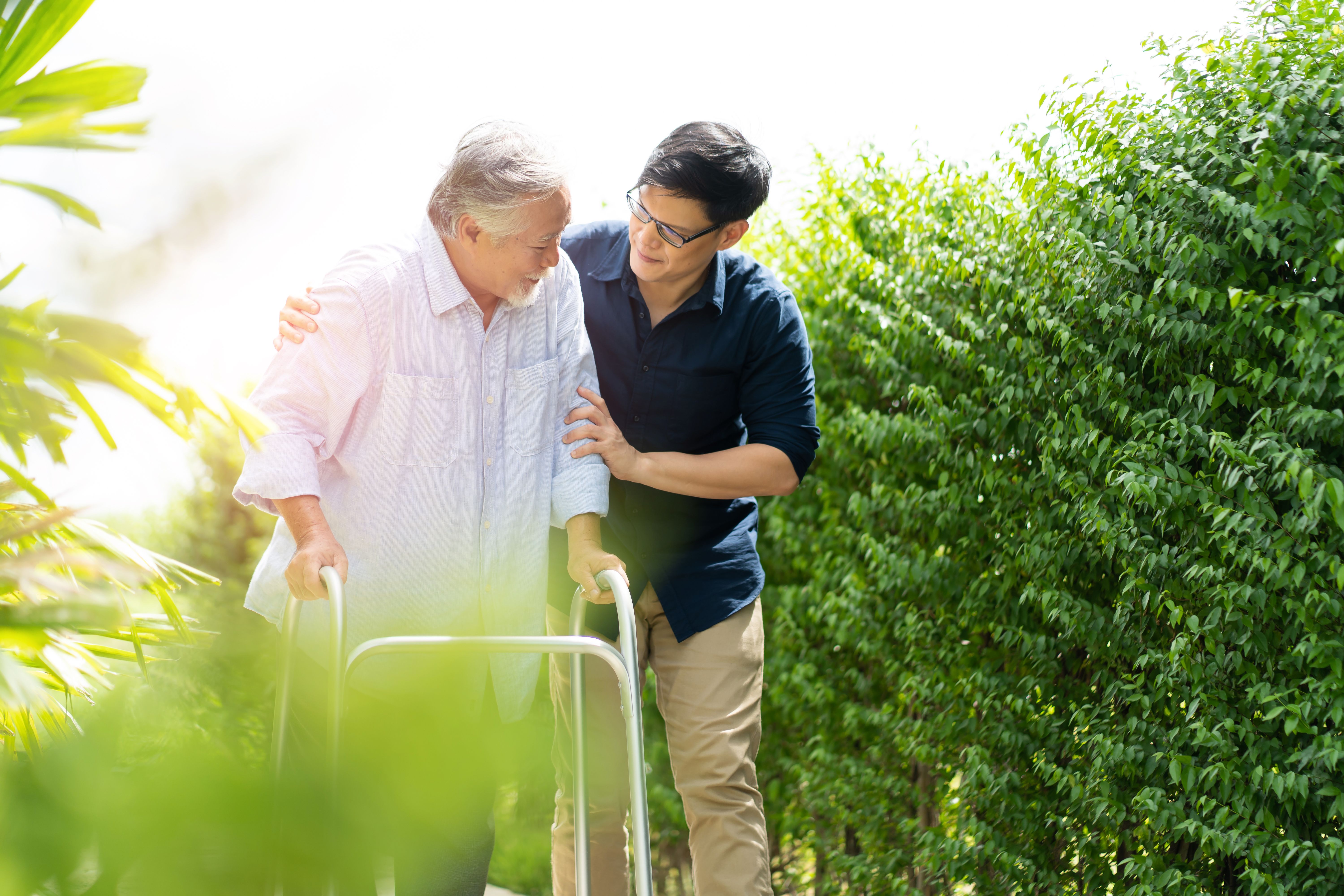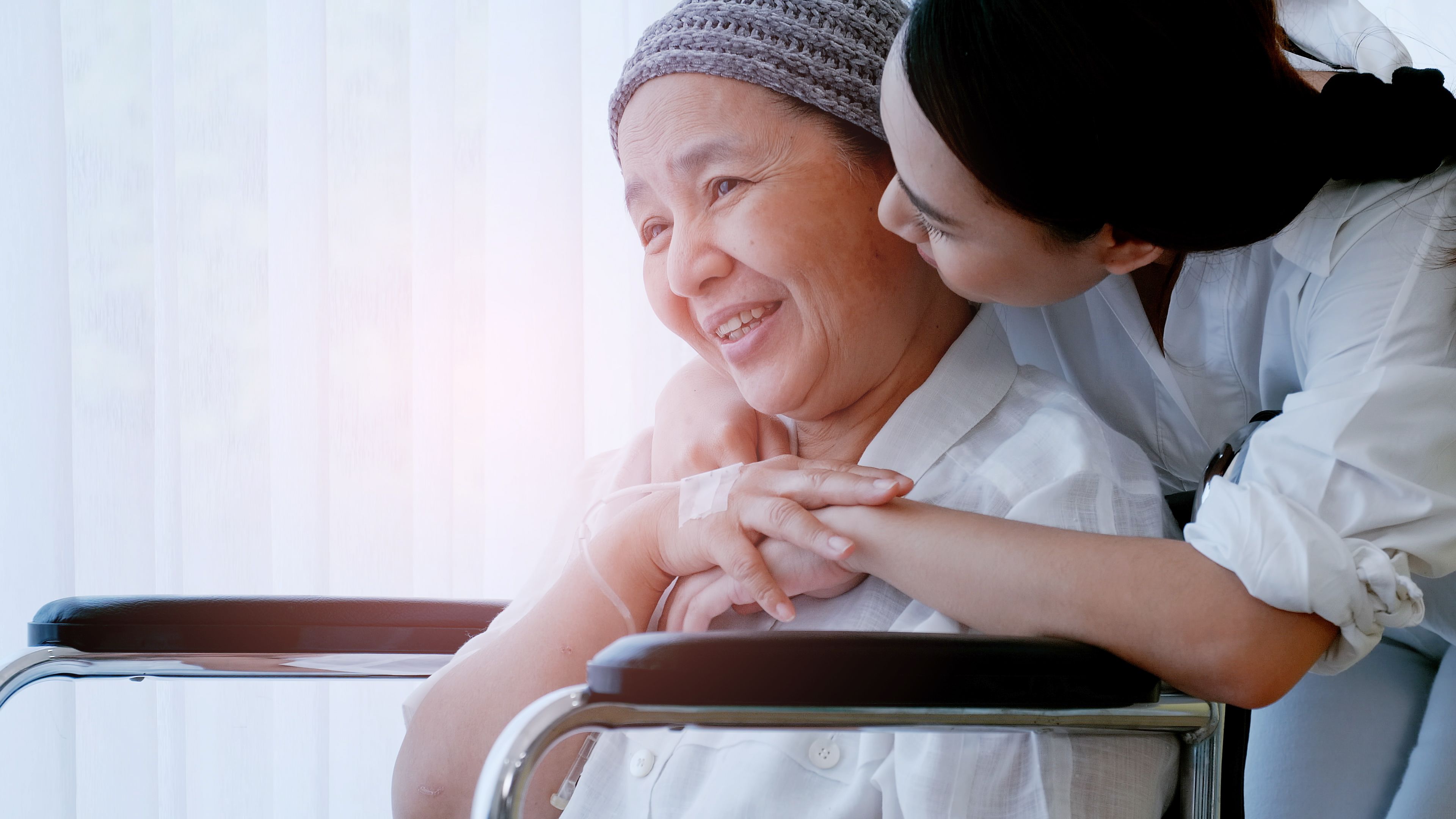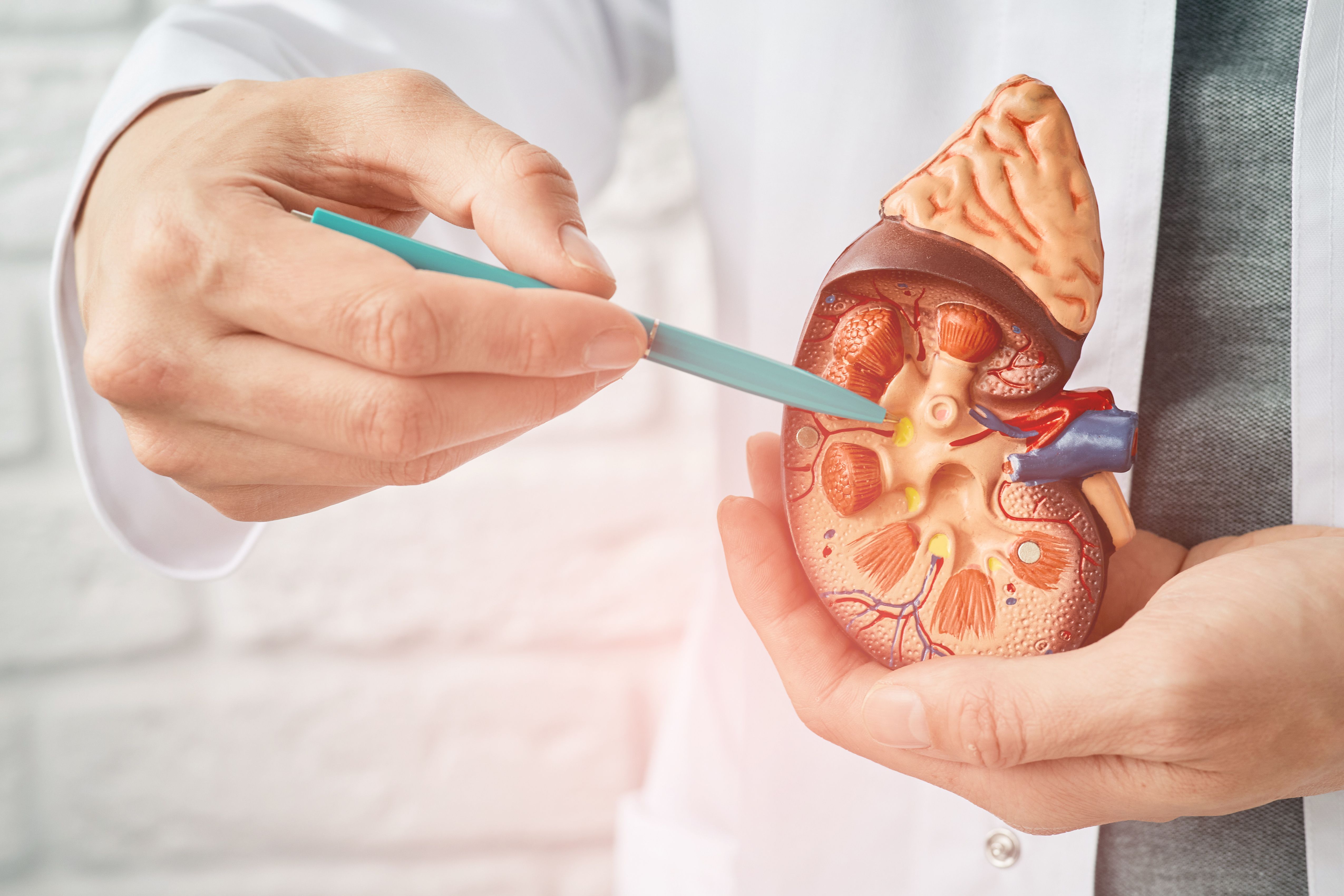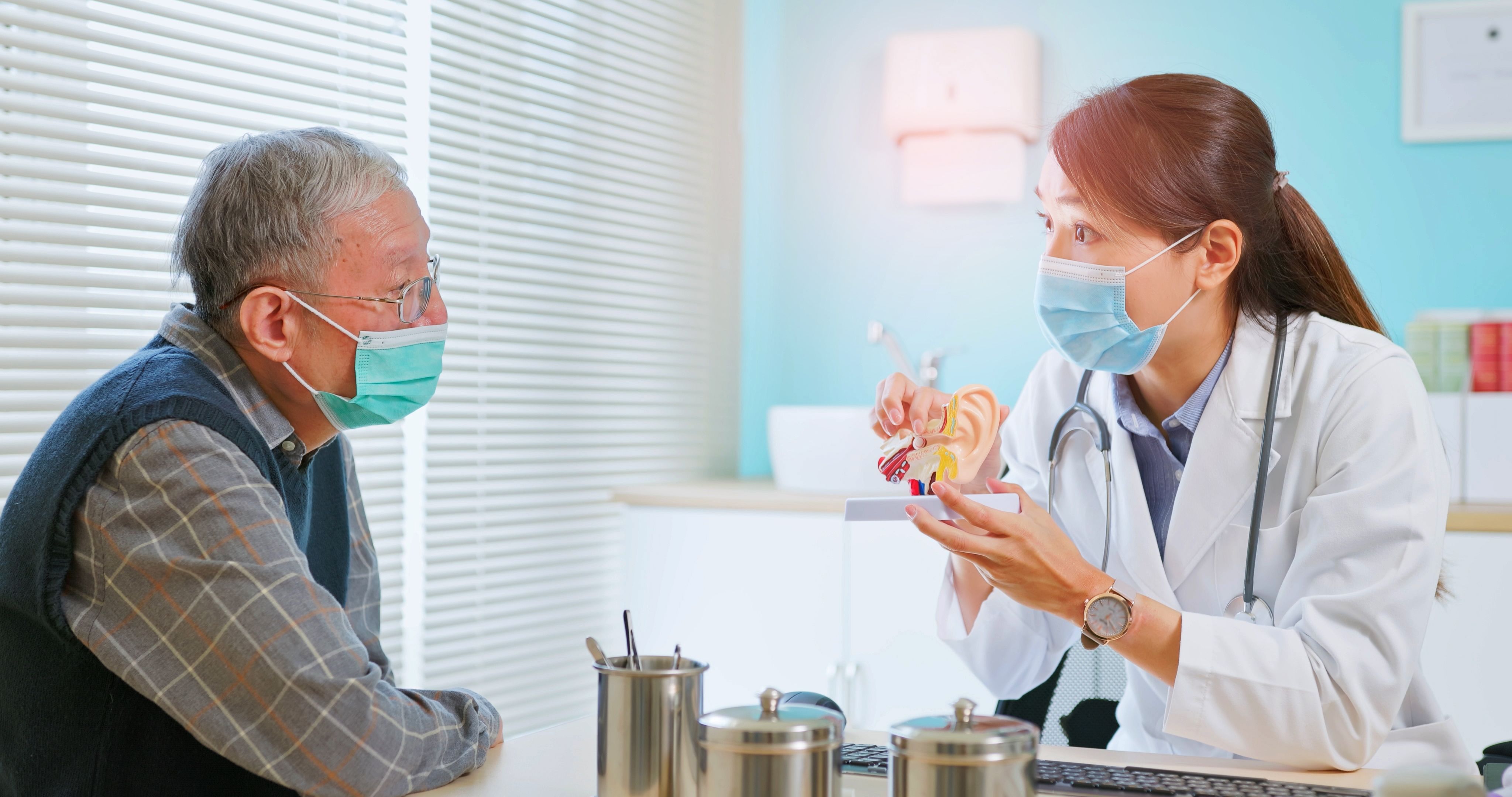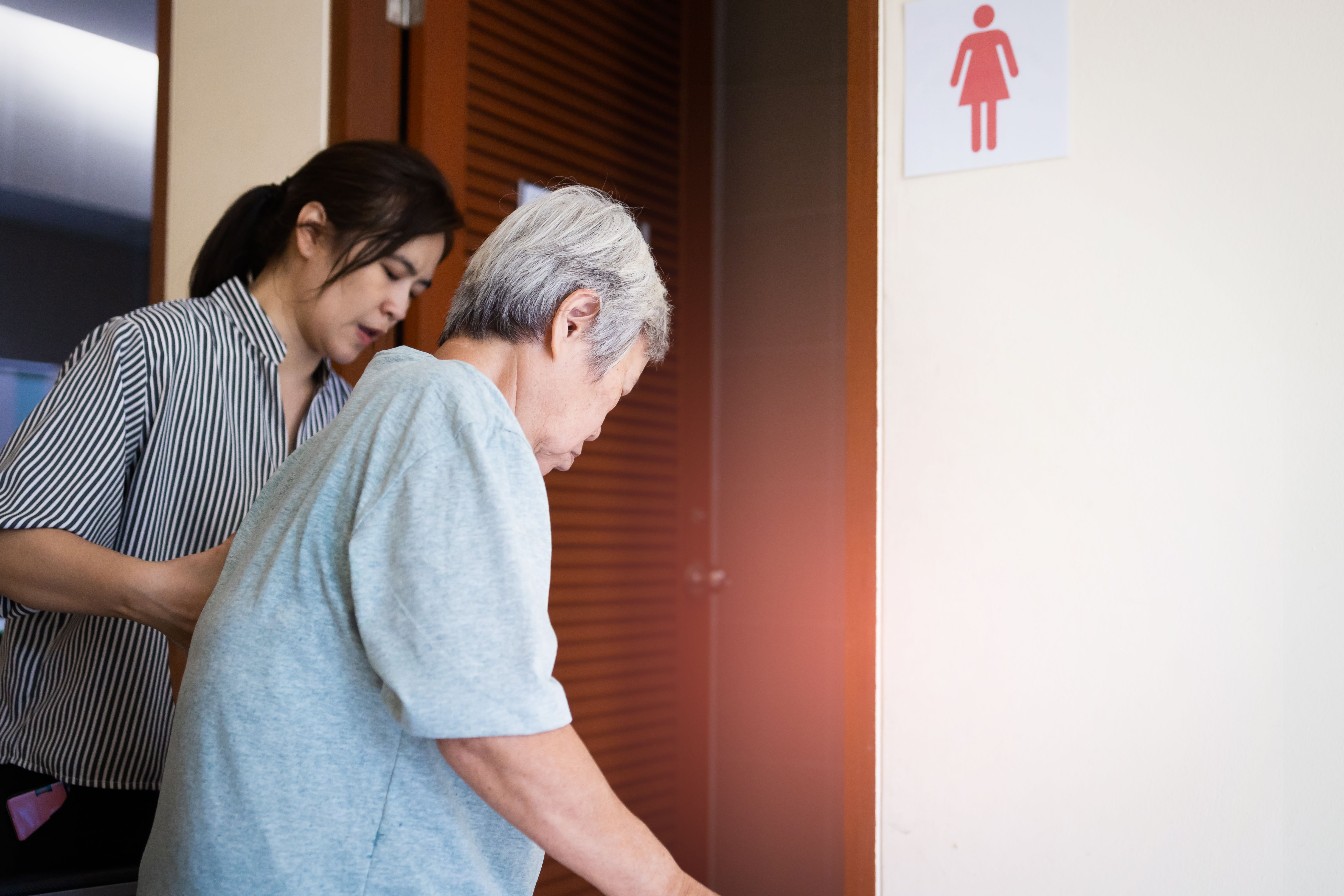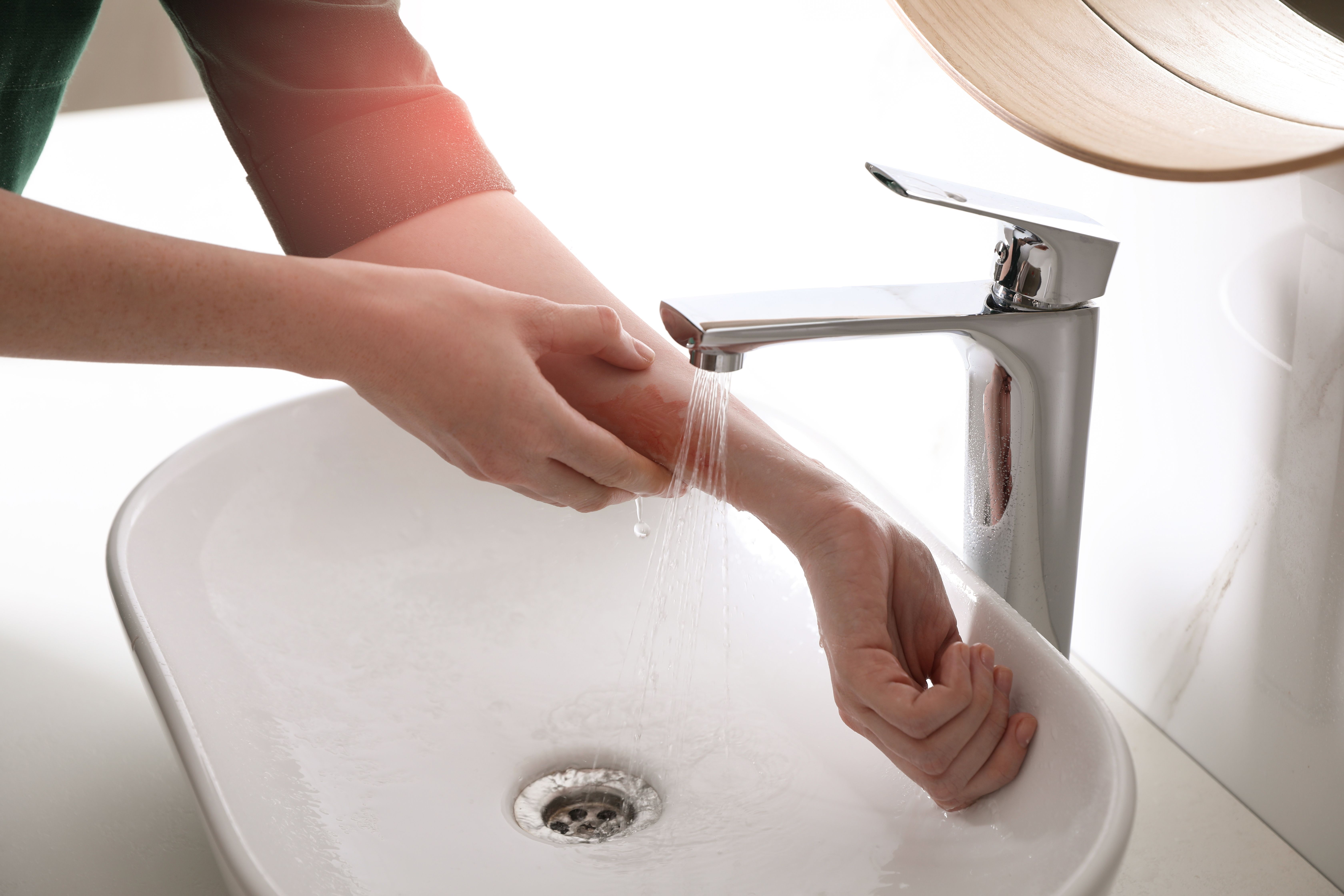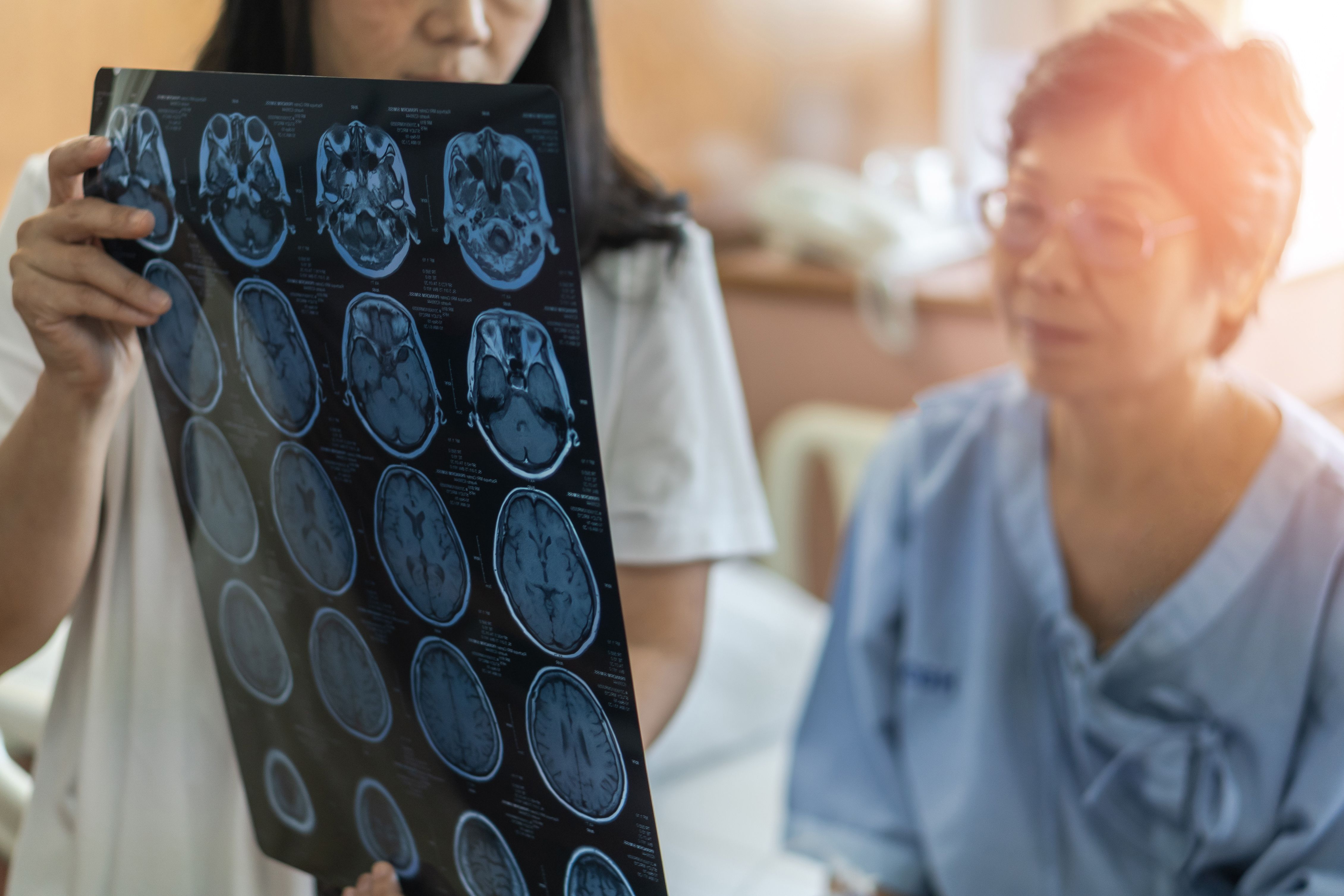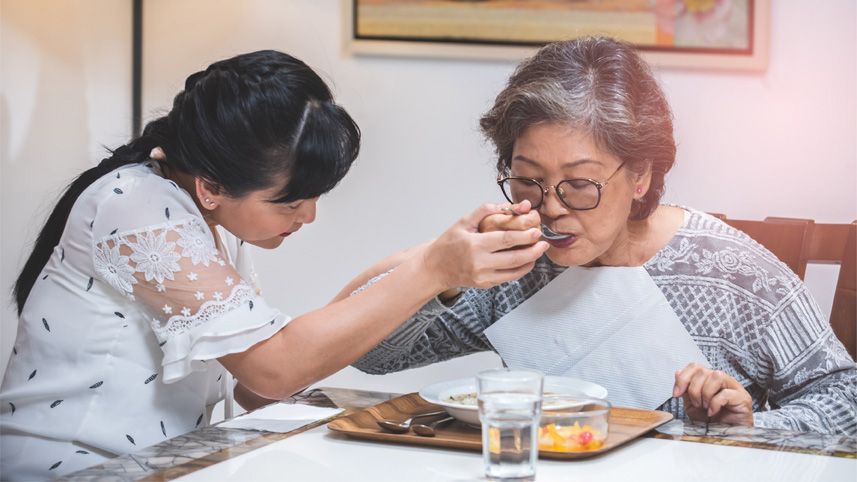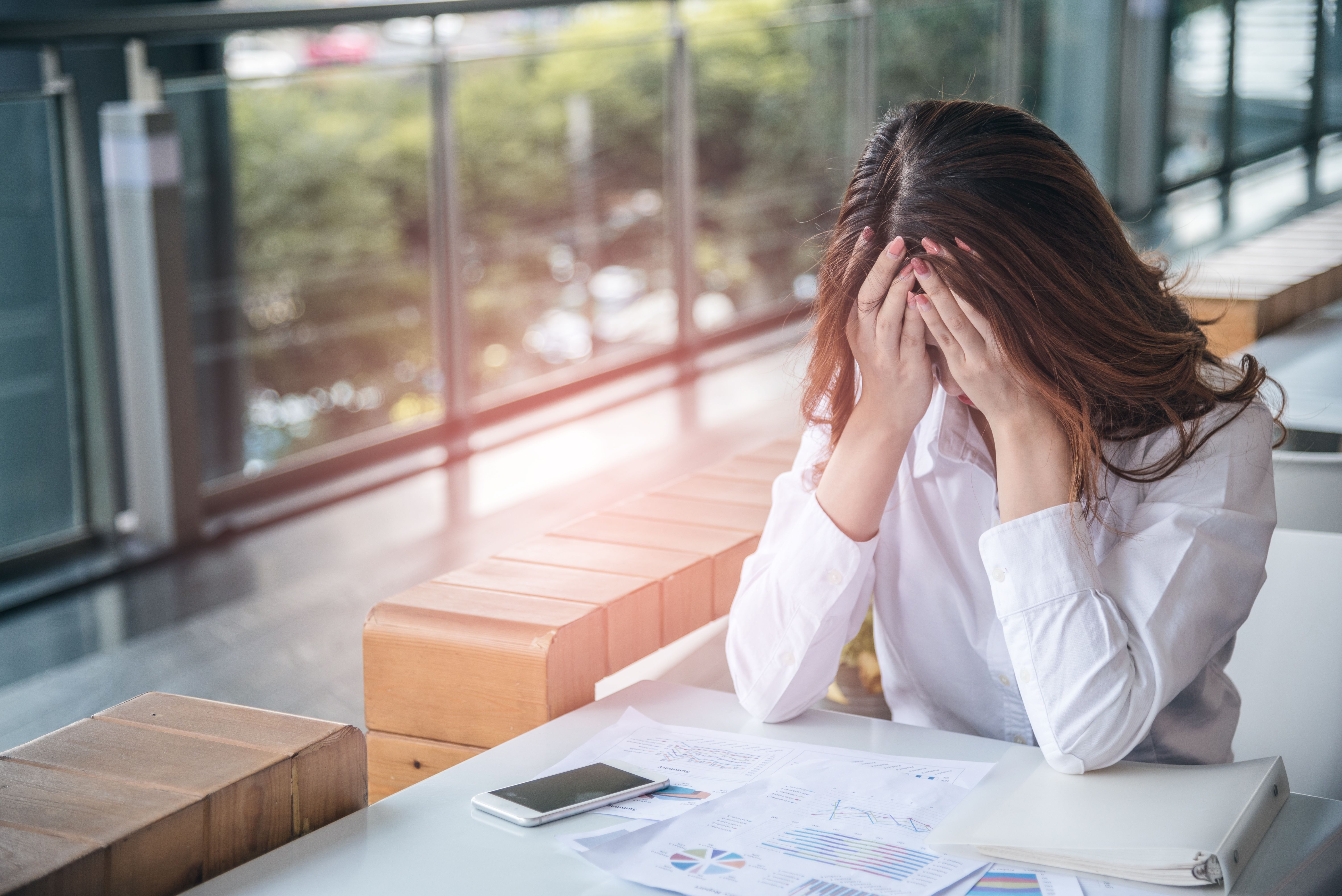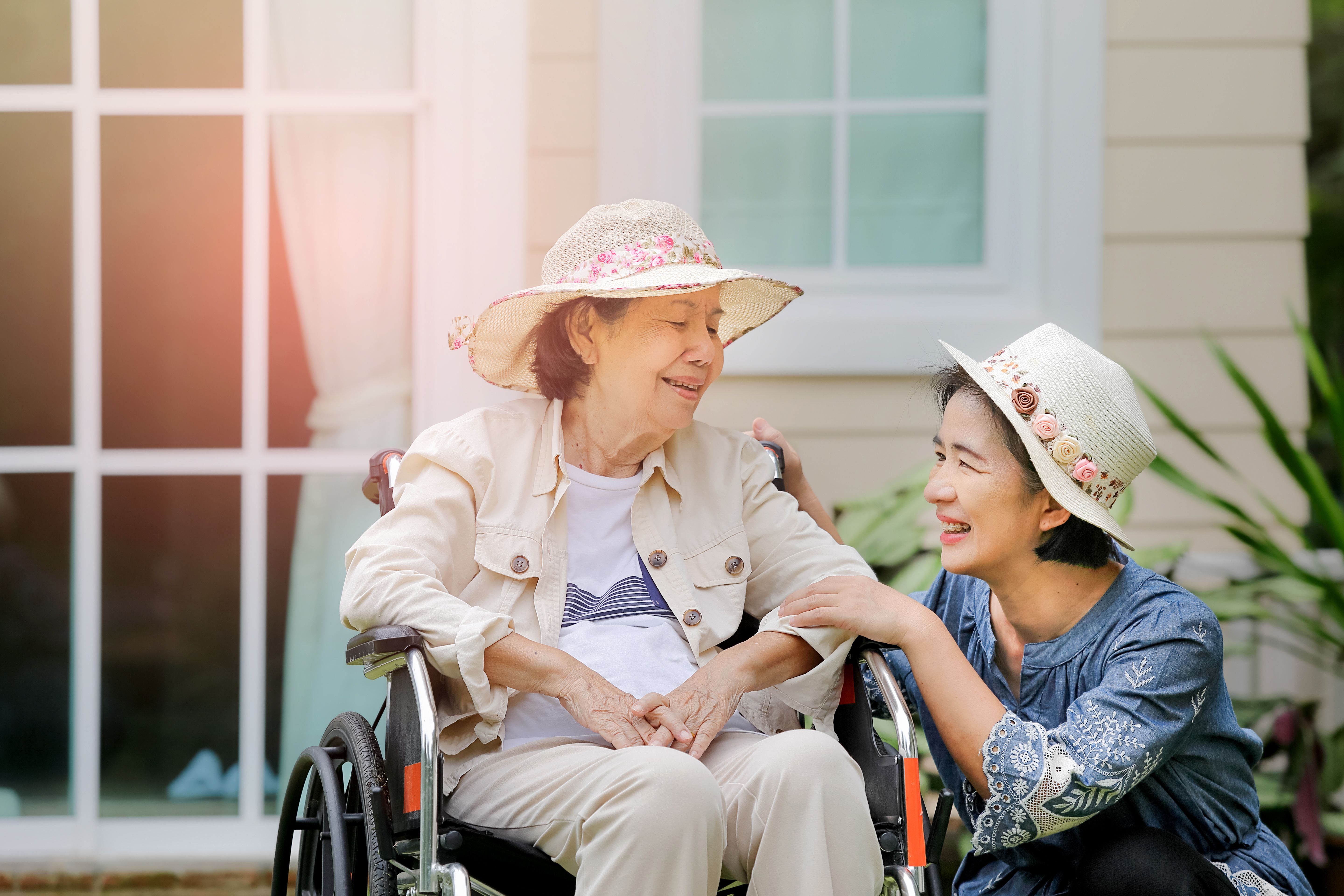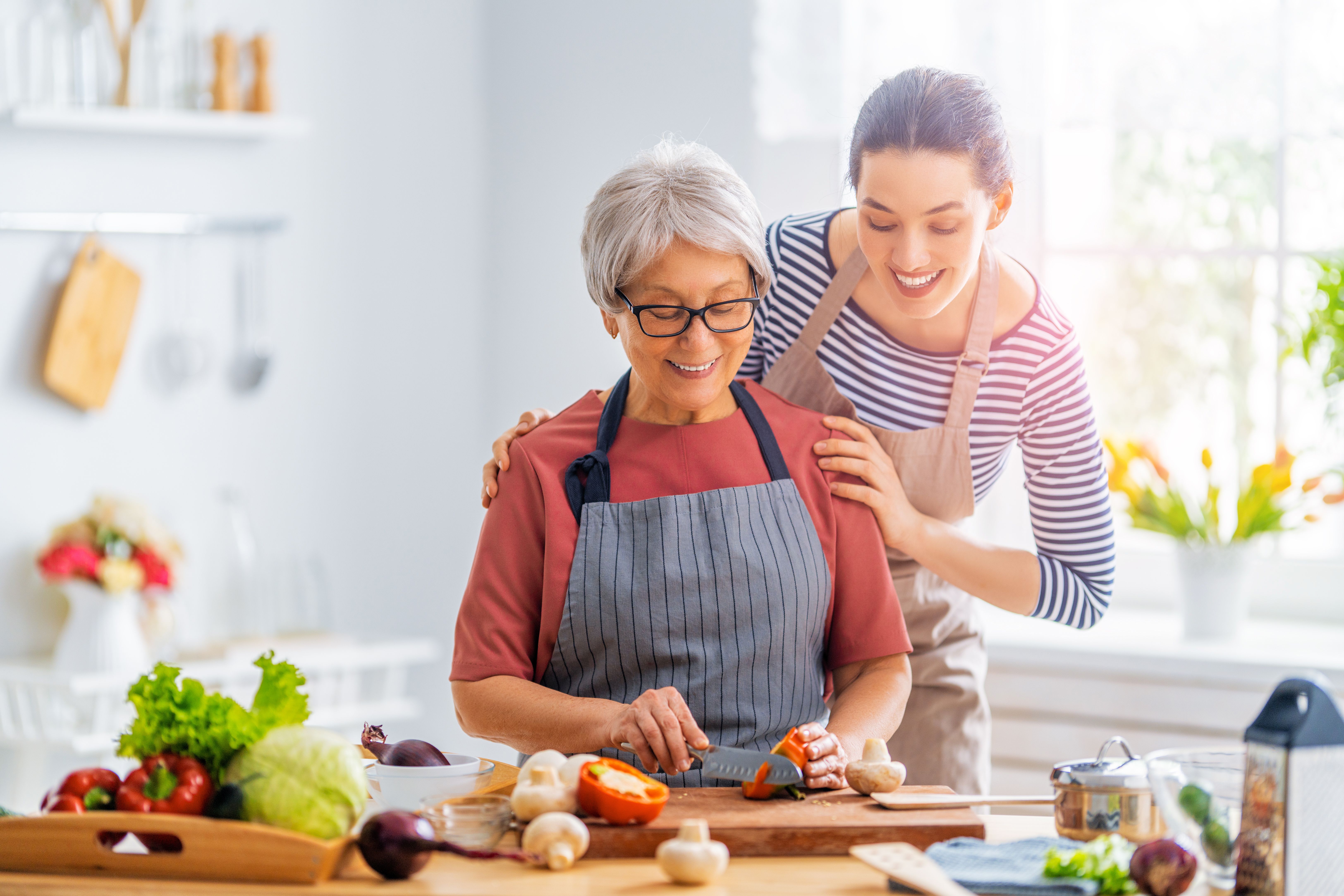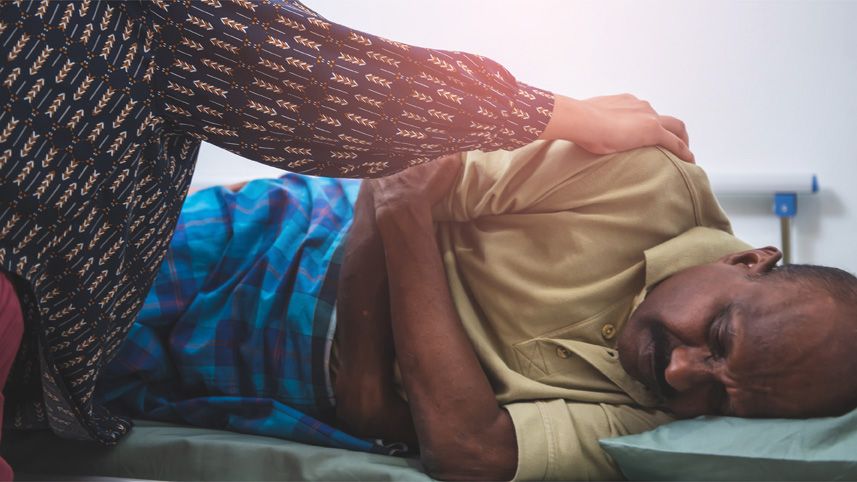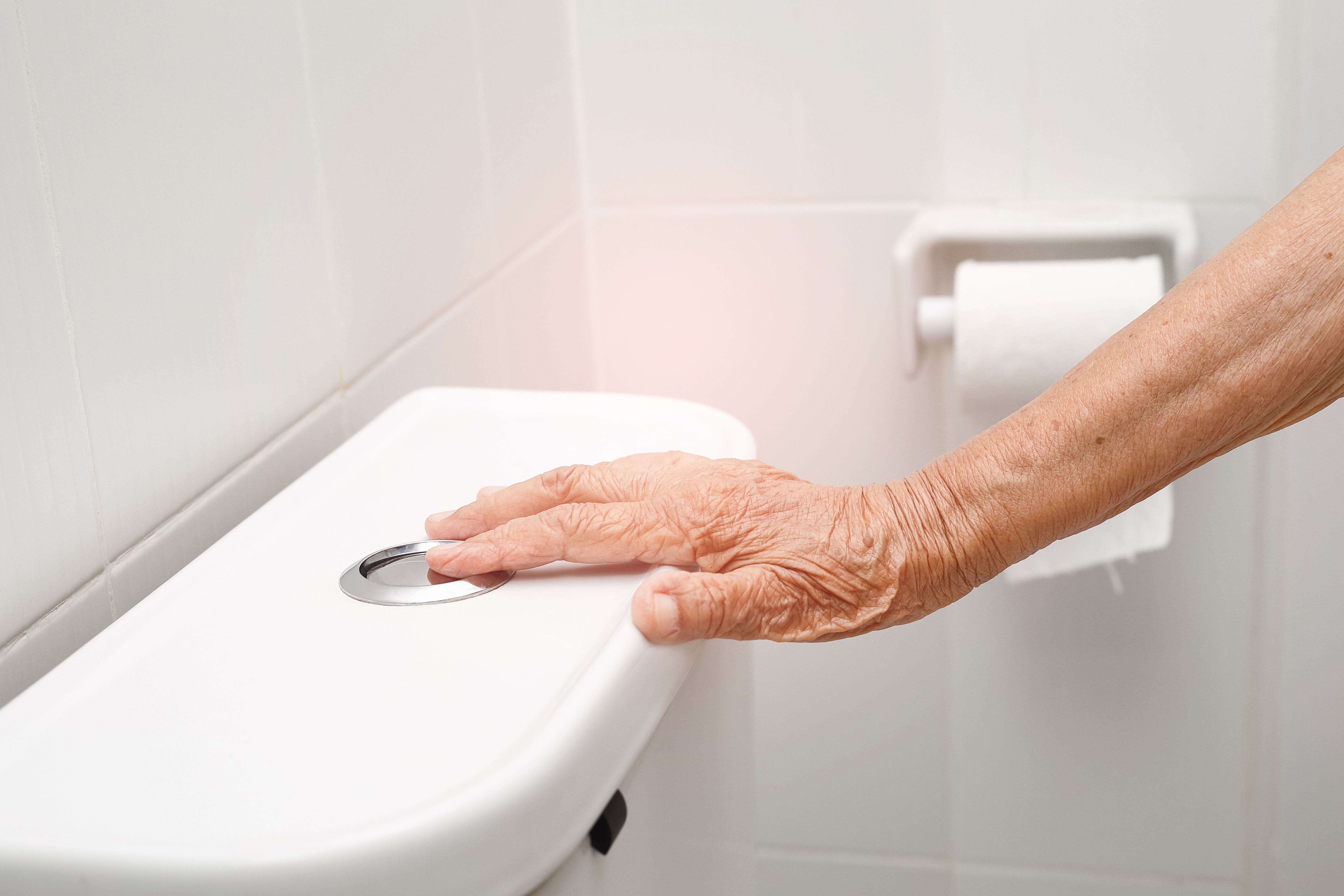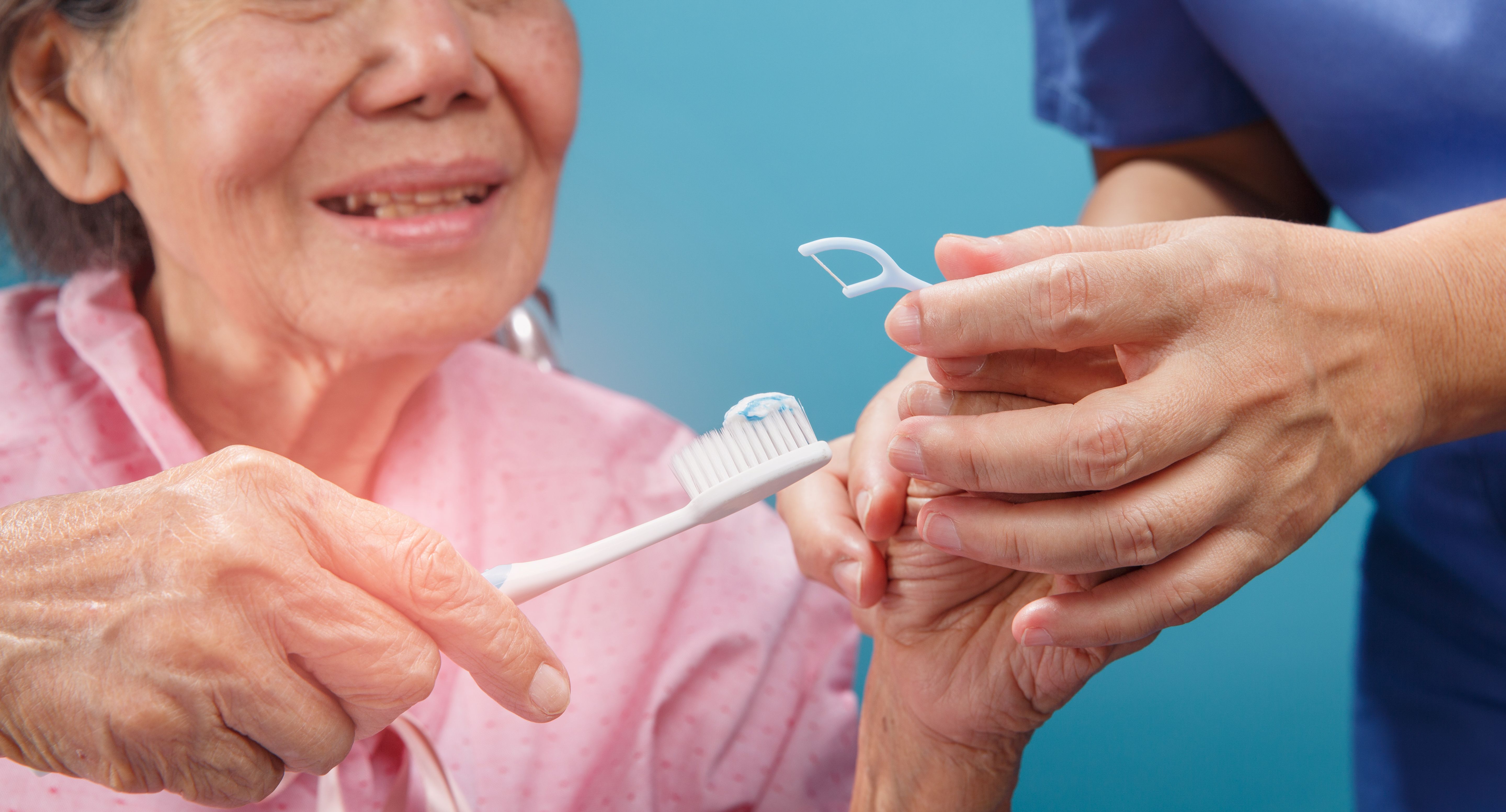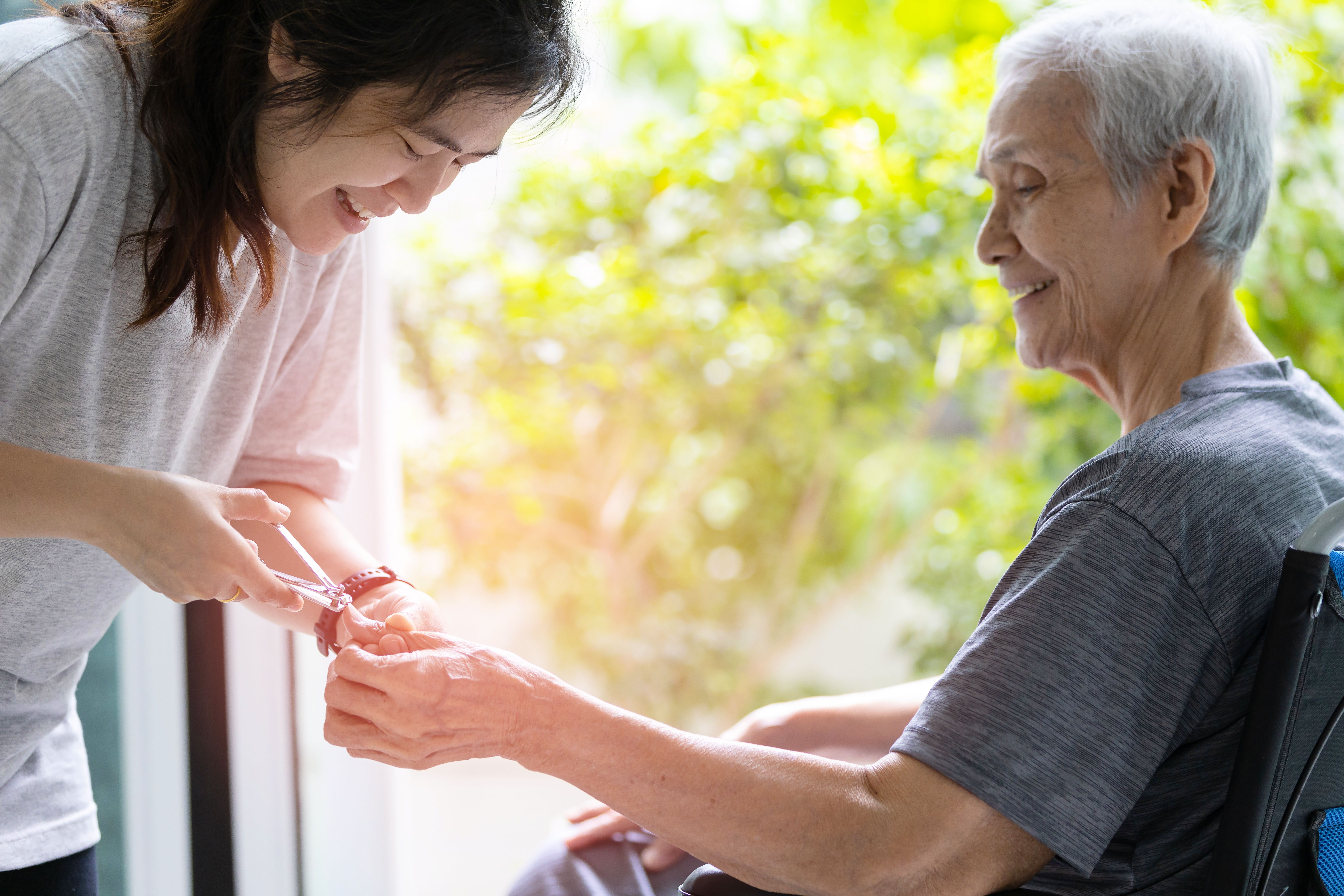Step by step: An introduction to mobility aids
- CareBuddy
- 4 Mins Read
- 20 Sep 2022
- Elderly Care
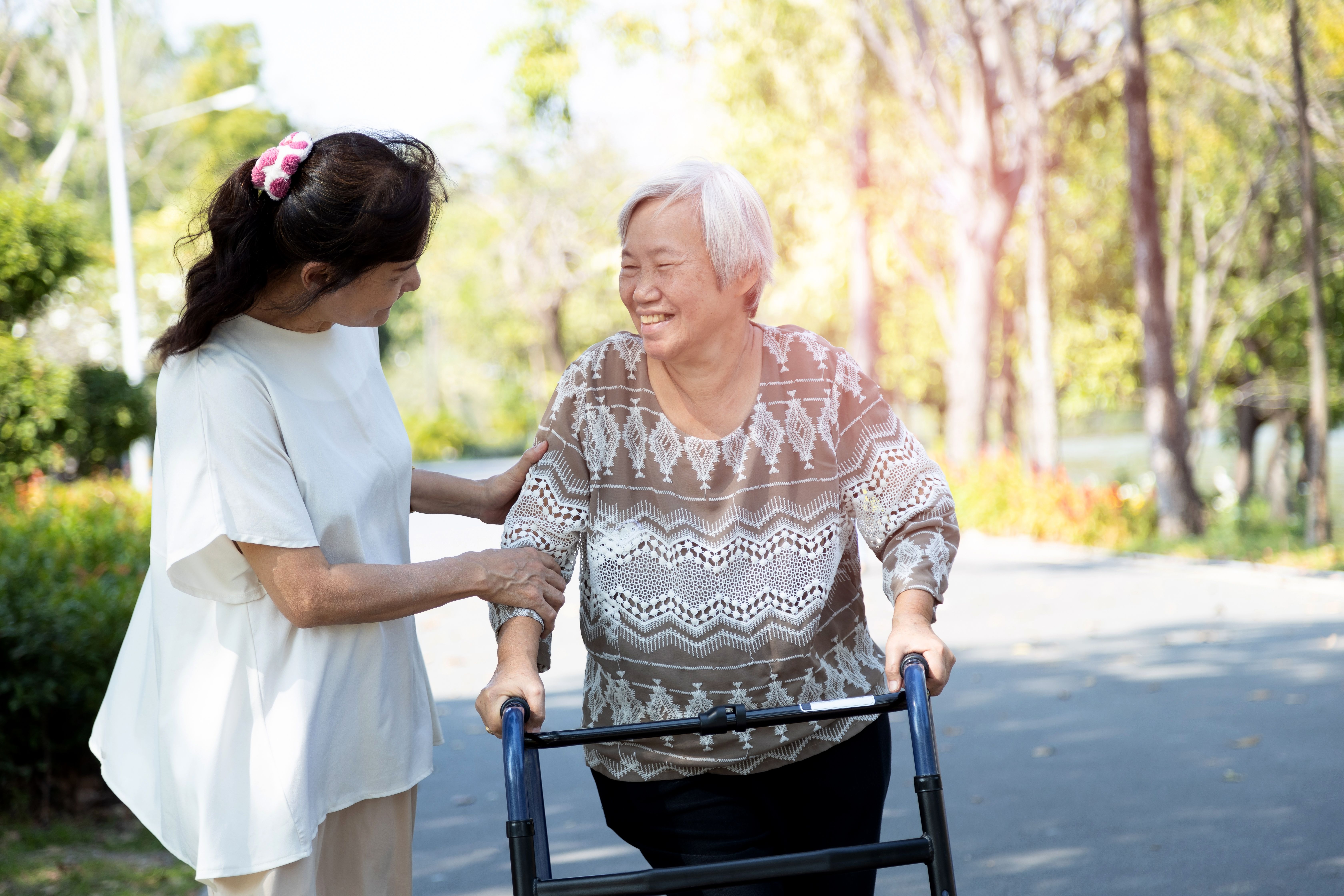
From sprained ankles to stroke to severe mobility issues, there are many conditions that make a care receiver require a walking aid. Walking aids (also known as mobility aids) range from canes to walkers to walking assistant carts and more. Let’s look at them one by one.
Canes
Canes are often used by those who are not able to walk properly due to arthritis, paralysis of the lower limb or any other condition that impedes mobility. Canes are made of materials like aluminum and some types of wood that are able to support the body, reduce load and improve balance.
Walking sticks (single legged canes) are for care receivers with generally good use of arms and legs, whereas multi-legged canes are for care receivers with difficulty balancing while walking but are able to support their weight on one side.
Walkers
These are slightly more elaborate devices that require a care receiver to lift it with both their hands. Some types bring up the left and right frame alternately forward. They are useful for people who are able to walk but unable to support the body with a cane, or unable to remember how to use a cane. Walkers stay sturdy over longer distances than a cane.
Rollators
While traditional walkers have no wheels, rollators are a variation that have between two and four wheels. Just like walkers, rollators are good for people who can walk but need a bit more stability and balance than a cane can provide. A rollator’s wheels and maneuverability make it even better at providing balance than a walker.
A typical rollator
Basics of walking patterns using walking aids
Three-motion walking is when better stability and support are required:
- Cane goes first.
- Then affected leg goes.
- Then healthy leg goes.
Two-motion walking is when the care receiver can walk close to normally and minimal stability and support are needed:
- Cane and affected leg go together first.
- Then healthy leg goes.
When the healthy leg is behind the affected leg, the time of supporting the body with the affected leg is shorter, and less supporting force and balancing ability are required. The time, force and balancing ability required increase if both legs are put together, and increases further if the healthy leg is in front of the affected leg. This is why both the three-motion walking and two-motion walking try to maximise the time the affected leg is in front of the healthy leg.
Now that you’ve got a basic understanding of what are the different types of walking aids available, it’s a good time to know more about how to choose a walking aid. Check out our article about choosing walking aids at our article about choosing walking aids.
Once you’re up to speed with that, learn more about walking patterns and caregiver assistance in our article about walking patterns and caregiver assistance
Article reviewed by Loh Wan Ying, HMI.




